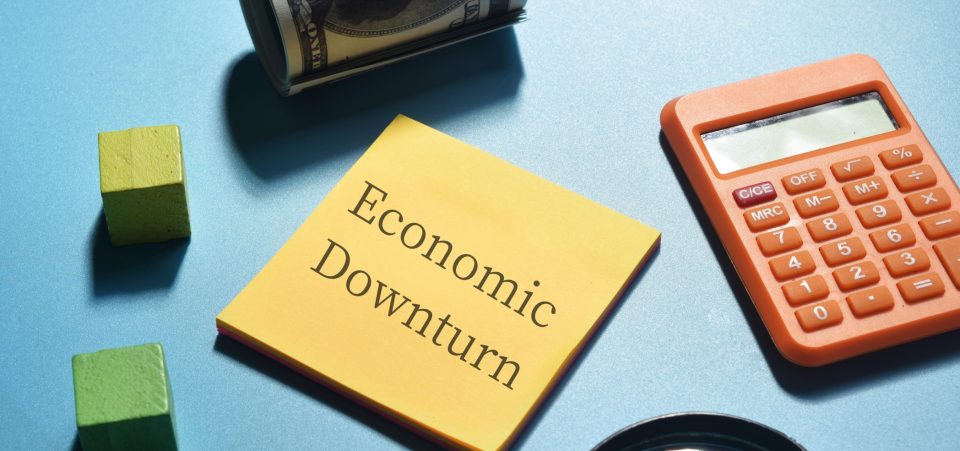This Indicator Says Recession Could Become Reality for U.S. Economy
Economists have a history of being very wrong. Rarely do they get economic cycles correct; they’re usually late in calling out recessions and booms. So, investors must look beyond what the economists say. They should look at the economic indicators and leading data themselves.
There’s a running joke in the economics community that goes something like this: There are two laws of economics: 1) For every economist, there’s an equal and opposite economist, and 2) They’re both wrong.
Jokes aside, there’s one indicator that can help investors predict recessions. The bad news is that this indicator currently says the U.S. economy could be nearing a recession or economic slowdown.
The indicator I’m talking about is the yield curve. It essentially tells us how yields on short-term and long-term bonds look. One could describe it as the difference between the yields of long-term and short-term bonds.
The yield curve is a powerful indicator; it has predicted the last three recessions. Economists follow it closely because it has a much higher probability than other indicators of being right. The curve has an accuracy of anywhere from 70% to 90% in pointing to economic slowdowns.
How does it indicate when a recession is coming? Whenever the yield curve drops into negative territory, it’s a sign that a recession is just around the corner. When the curve is in negative territory, it’s referred to as “inverted.”
Yield Curve Is About to Invert
In late 2000 and early 2001, the yield curve became inverted. A few quarters later, an economic slowdown followed. In early 2006 and 2007, when everything seemed fine, the curve dropped to negative territory and hinted at a recession. Just a few quarters later, a severe recession arrived.
Here’s something astonishing: the yield curve even hinted at a recession in early 2020. At the time, the COVID-19 pandemic was just beginning and almost no one was taking it seriously. Just a few months later, a recession was triggered by government-mandated economic lockdowns.
Now, look at the chart below. It plots the difference between the yields on 10-year U.S. bonds and two-year U.S. bonds.

Chart courtesy of StockCharts.com
As it stands, the yield curve isn’t completely inverted yet, but it’s getting there very quickly. The speed of it moving closer to zero is very similar to how it was between 2004 and 2006. This should scare investors.
If a Recession Follows, What’s Next?
Dear reader, a recession isn’t on many people’s minds at the moment. The economic data is looking good so far: job figures are great, consumers are spending, the real estate market is hot, and the list goes on. However, investors shouldn’t ignore what the yield curve is saying: an economic slowdown, if not an outright recession, could be nearing.
Here’s the kicker: in the midst of all this, the Federal Reserve is planning to raise interest rates to curb inflation. I wonder if this is a disaster waiting to happen.
If you’re an investor who did well in 2020 and 2021 by owning index funds, it might be time to pause and reflect. For the rest of 2022 and beyond, investing could be tricky. Picking specific stocks could generate high returns, while buying shares of index funds could turn out to be a bad strategy.






